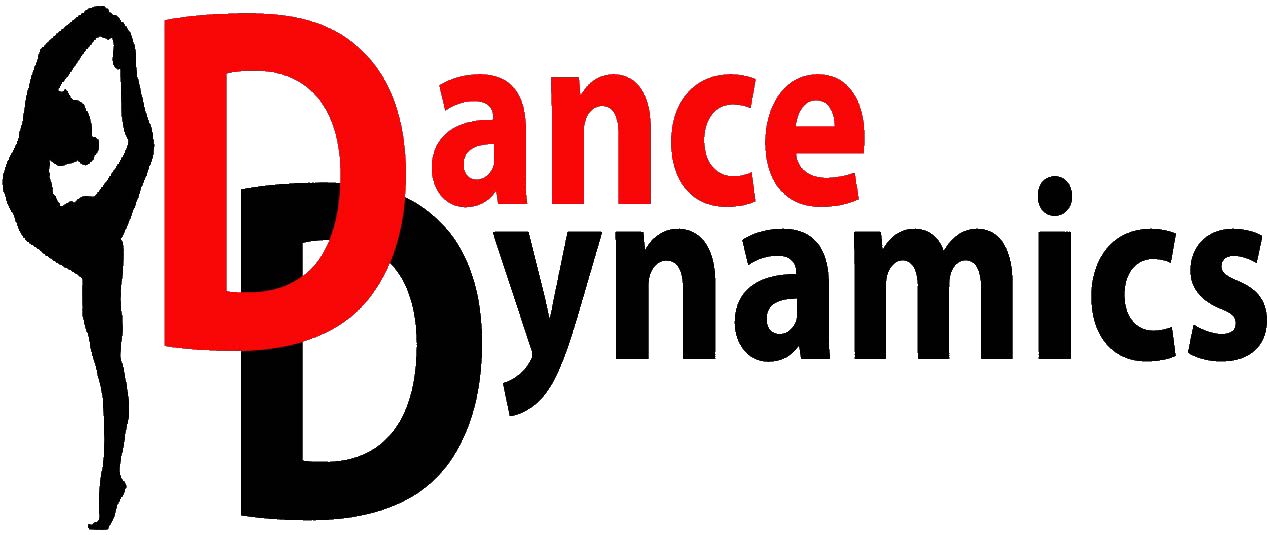Dance Class Success: Building Kids' Social Confidence
Dance is more than just moving to music; it is a powerful tool for building social skills in children. As kids step onto the dance floor, they learn to interact, communicate, and work with others. Dance classes offer a supportive environment where children can connect with peers, share ideas, and collaborate on performances.
Through dance, kids discover the importance of teamwork and learn how to work together to achieve common goals. They listen to each other and respond through movement, which builds their communication skills. These collaborative moments foster a sense of camaraderie, helping children form friendships and understand group dynamics.
Fostering Teamwork and Collaboration Through Dance
Dance is a wonderful way to teach kids the value of teamwork. In a dance class, children must work together to create a harmonious performance. This involves coordinating their movements and following the rhythm as a group. Each child learns their role in the dance, understanding that every dancer's part is important for the overall performance.
Choreography often requires children to memorize sequences together, fostering a shared goal. As they practice and rehearse, kids learn to rely on each other's strengths and support one another in mastering tougher moves. This teamwork builds trust among the group, teaching them to encourage peers when they face challenges.
Dance also encourages collaborative problem-solving. When steps are tricky, children brainstorm solutions to perfect their routines. By sharing ideas and listening to others, they become more open to different perspectives. Dance thus becomes a learning tool where kids understand the power of collective effort.
In the process, friendships blossom, and strong bonds form. Children see how teamwork enhances their performance, fostering a sense of belonging. They experience the joy of achieving success as a team, carrying these lessons beyond the dance floor into everyday life.
Enhancing Communication Skills in Group Settings
Through dance, children learn to communicate effectively in group settings. Dancing requires clear verbal and non-verbal communication, as kids must convey ideas both through words and actions. When learning routines, they discuss steps, share observations, and give feedback. This interaction strengthens their speaking and listening skills.
Dance encourages kids to express themselves without words. Body language becomes a vital tool, as movements convey emotions and thoughts. Children learn to interpret gestures and respond appropriately, enhancing their understanding of non-verbal cues.
In group dancing, coordinating movements relies on subtle signals like eye contact and head nods. These non-verbal forms of communication teach kids to remain attentive and responsive to others. This interaction nurtures patience, clarity, and an appreciation for active participation.
Activities like dance-offs and partner dances offer opportunities for kids to practice supportive communication. They cheer one another on and share victories. This positive reinforcement in a group dynamic can help shy children come out of their shells and more extroverted dancers learn to share the spotlight.
By building these communication skills, dance prepares children for collaboration in other areas of life. They learn to convey their thoughts confidently and appreciate diverse perspectives, making dance an invaluable tool for social development.
Building Confidence and Self-Expression
Dance plays a significant role in developing confidence and self-expression in children. As kids learn new dance steps and routines, they begin to see what they can achieve through practice and dedication. Each mastered move boosts their self-esteem and encourages them to take on new challenges.
In dance classes, children get the chance to perform in front of instructors and peers, which helps them become comfortable in showcasing their abilities. Every performance is an opportunity for them to shine and receive supportive feedback. This positive reinforcement helps build their confidence, preparing them for various life situations.
Through dance, kids find unique ways to express themselves. Creative movements allow them to communicate emotions and ideas without using words. Children can personalize their routines, choosing styles and steps that reflect their personality. This creative freedom fosters individuality and encourages them to embrace their distinctiveness.
With confidence comes the courage to express thoughts openly. Whether through solo performances or group numbers, dance challenges children to present their unique selves. These experiences teach them to value their voice and express it with pride.
Developing Empathy and Understanding in Diverse Groups
Dance exposes children to diverse cultures and personalities, fostering empathy and understanding. Participating in dance styles from around the world teaches kids to appreciate different traditions and viewpoints. This exposure enriches their understanding of cultural diversity.
Working in diverse groups on dance projects allows children to interact with peers from various backgrounds. They learn to celebrate differences and recognize the strengths that each individual offers to the performance. Through cooperation, they see how diversity can enhance creativity.
Dance routines often tell stories or express emotions, helping children relate to others' experiences. As they step into different roles, they gain insights into the lives and feelings of those they might not naturally understand. These experiences encourage them to listen empathetically and respond compassionately.
Creating a respectful and inclusive environment is key to nurturing empathy. Dance classes teach children the value of support and respect for each participant, regardless of skill level or background. By fostering a sense of community, dance helps children grow into empathetic individuals.
Conclusion
Dance is a powerful tool for building vital social skills in children. It encourages teamwork, enhances communication, bolsters confidence, and nurtures empathy through creative group experiences.
These skills play a huge role in personal growth and interpersonal interactions. Dance challenges kids to express themselves freely, embrace diversity, and work collaboratively, preparing them for future successes.
At Dance Dynamics, we offer children’s dance classes that explore these enriching aspects of dance, helping children develop socially and artistically. Join us by visiting our website to find out more about how we can support your child's journey through dance.
Embrace the transformative power of dance with our dance school in Las Vegas, where every child’s journey to confident expression and understanding begins!
